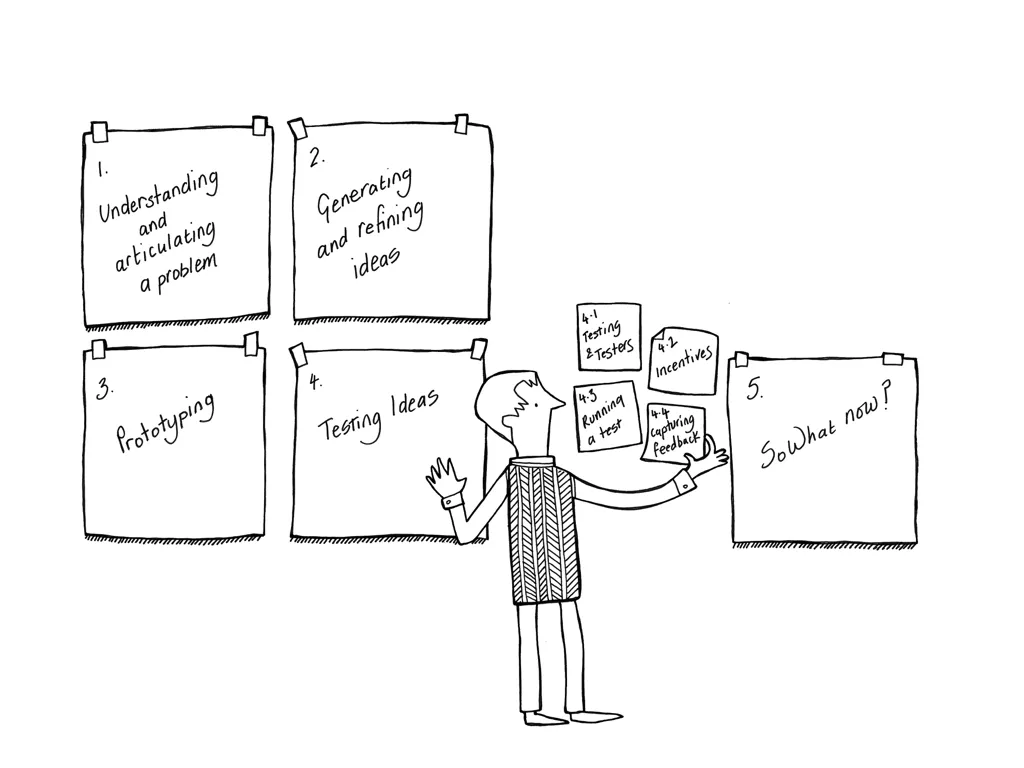Experience is everybody’s job
Read Article
↓
↓

A Minimal Viable Product (MVP) isn’t an excuse for ‘that’ll do’.
At Direct Line we worked hard to make sure that the quality and effectiveness of the digital products we put live were as good as they could be.
Here are a few principles that we always did our best to stay true to when thinking about who we’re there to serve, what we do and how we do it.
Focus on the quality and integrity of the Customer Experience — keep this principle front and centre. Be the number 1 advocate for the customer — they’re our most important stakeholder.
Identify, up-skill and empower Customer Experience champions and practitioners from across the business to live and breathe the customer centric message.
Be led by problems and not by solutions. Work through those problems informed by a diverse mix of perspectives from across the business. Create problem statements and agree to them — it brings clarity and gets everybody aligned behind a common purpose. Use Design Thinking practitioners, tools and techniques to help facilitate.
A Minimal Viable Product (MVP) isn’t an excuse for ‘that’ll do’. If a product doesn’t do what a customer expects it to do they won’t give us a second chance. Embrace any technical constraints and work round them to make an MVP as usable, functional and loveable as you can from the very start. It’s OK to have some ‘Wizard of OZ’ stuff going on behind the curtain as long as the quality and integrity of the customer experience is protected.
Actually, think more MLP (Minimal Lovable Product) than MVP — if our customers love our products they’re more likely to come back for more.Design with data (and alongside Data Analysts) and test and learn regularly — let data help to drive decision-making. That said, think creatively — data will definitely help inform your thinking but it won’t give you the answers. Prototype and test your ideas quickly — and don’t be precious about those ideas. Keep looking at the data after taking your work live, prototyping and testing with users, then iterating in response.
Think mobile first — tackle those complex design problems in the most challenging format. Remember that people demand access to products and services on their terms, using the devices available to them. Google loves a well designed mobile site so thinking mobile first is fundamental for good quality SEO results too.
Keep asking why? Making something simple to use isn’t always easy — complex technical systems and strict compliance rules see to that. Don’t use “it’s always been that way” as an excuse. Think like a child — keep asking why? why? why?
Think about context — view your work in progress on the devices your customers use (not everybody has the latest iPhone). See what our customers see.
Use our products how our customers will use them.
Write for real people and involve copywriters from the very start — remember that words are fundamental to the experience. Insurance jargon and technical mumbo jumbo will only confuse and frustrate our customers. If you wouldn’t say it, why would you write it
Design is a behaviour, it’s not a department. Remembering this is the key to creating great Digital Experiences, and creating these experiences is everybody’s job.
SHARE ARTICLE




